Glyndebourne is nothing if not honest. ‘In response to the ongoing Covid-19 restrictions our 2021 performances of Tristan und Isolde will be presented as a concert staging, after the 2003 production by Nikolaus Lehnhoff’, says the programme, and what we get is not a full production but a compromise imposed by the peculiar circumstances of August 2021. The London Philharmonic Orchestra huddles on stage. Behind them the back wall glows and fades in washes of blue and pink; in front, a stepped apron extends over the redundant orchestra pit. The singers slip on and off from the wings or, in a basic but effective trick of lighting design, appear to materialise from the embracing darkness.
It’s an approach to Wagner that can work well. Lehnhoff learned his craft under Wieland Wagner, whose postwar Bayreuth productions — dark abstract forms, ritualised action, pools of light — continue to shape modern visualisations of his grandfather’s work. Any insomniac knows how the imagination, in darkness, grows in amplitude and strangeness, and with the musical mind of a Wagner to steer that process a great Tristan inundates your waking dreams for nights afterwards. Yet many of the compromises felt frustrating. Orchestras can sound boxy from behind a proscenium, though it’s a better solution than the grotesque practice of using a pre-recorded soundtrack, as employed by some of Glyndebourne’s less credible rivals this summer.
Meanwhile, there were entrances, exits and some awkward fighting, and Simon O’Neill, as Tristan, sang much of Act III while recumbent — as the plot demands. Costumes were of the dressing-up box variety, with no designer credited: still, this was hardly the first operatic production in which a bloke in black slacks and an M&S shirt wields a shining broadsword. And if the two lovers seemed to spend a lot of time standing apart, facing the audience (Miina-Liisa Varela, as Isolde, delivered her final ‘Liebestod’ centre stage and spotlit, like Streisand playing Vegas), well, that’s social distancing, surely? Can’t be helped. Then I re-read Michael Tanner’s 2003 review of the original Lehnhoff staging and discovered that it was exactly the same then, too.
You can probably tell that I’m hedging; and yes, hands up. That’s partly because even disappointing Wagner is still better than almost anything else that art has to offer, and after all those finger-wagging pronouncements about large-scale music being off the menu for the foreseeable future, a summer that has given us three Walküres, a Rheingold and a Tristan feels like cause for gratitude. But mostly, it’s because I found O’Neill’s tone nasal and wiry, with a tendency to bark at the first peak of each phrase. Varela had a fierce luminosity, but the two voices jarred against each other — all of which gave the physical and psychological torment of Act III a fearsome dramatic intensity, but which robbed the Act II love duet of any real sensuality. Robin Ticciati’s conducting was reminiscent of Pappano in the Ring — colourful but skin-deep, and occasionally struggling to keep a lid on his players.
Perhaps this was all intentional. There were certainly moments that seemed to pierce the soul of the drama: Ticciati’s exquisitely hushed transition from the offstage horns to the shimmering orchestral nightscape of Act II; the slump of King Marke’s (John Relyea) shoulders as he witnessed his betrayal; the softness and pathos of Varela’s brief phrases as the lifeless Tristan slipped from her arms. Karen Cargill (Brangäne) and Shenyang (Kurwenal) sang so vividly, and Relyea had such a majestic tear-stained voice, that it felt at times as if this were a sort of Stoppard-like reverse Tristan, with the two lovers as unreal, outsize figures observed by baffled but relatable human beings. In the end, though, this was a Tristan und Isolde where neither Tristan nor Isolde quite convinced and nothing else fully cohered. It might coalesce into something great as the run continues. But not on this occasion.
Cornish setting aside, there’s no obvious segue from Tristan und Isolde to The Pirates of Penzance; though if you felt like tweaking whiskers you could argue that John Savournin’s joyous, multicoloured production for Opera Holland Park was closer to a fully achieved Gesamtkunstwerk than Glyndebourne’s near-miss. Savournin’s idea is that Gilbert and Sullivan’s self-aware stereotypes are living toys, brought to life by a child’s imagination. It sounds arch; on stage, it was exuberant, inventive and oddly touching. The policemen were pierrots and Major-General Stanley (Richard Burkhard) was — literally — a clockwork soldier, complete with key. Savournin himself played the Pirate King: an effortlessly physical performer who carries himself as gracefully, and as engagingly, as he sings. This production has closed but Savournin’s own company, Charles Court Opera, is touring this autumn, and I’ve never seen him give a duff performance. You know what to do.
Got something to add? Join the discussion and comment below.
Get 10 issues for just $10
Subscribe to The Spectator Australia today for the next 10 magazine issues, plus full online access, for just $10.
You might disagree with half of it, but you’ll enjoy reading all of it. Try your first month for free, then just $2 a week for the remainder of your first year.

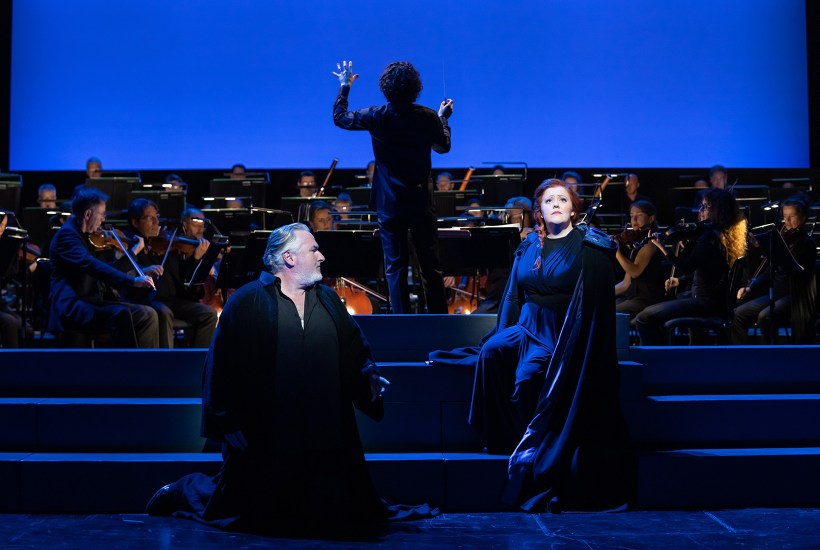
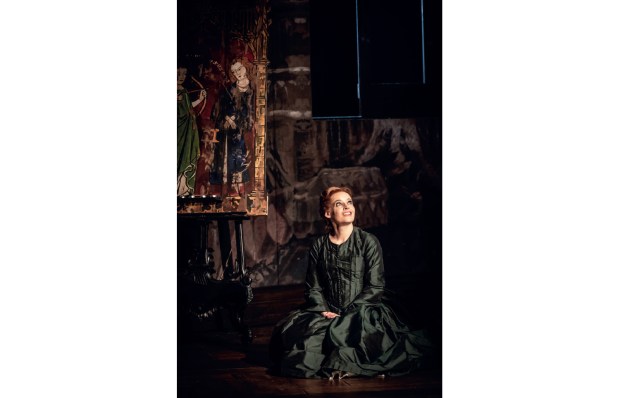
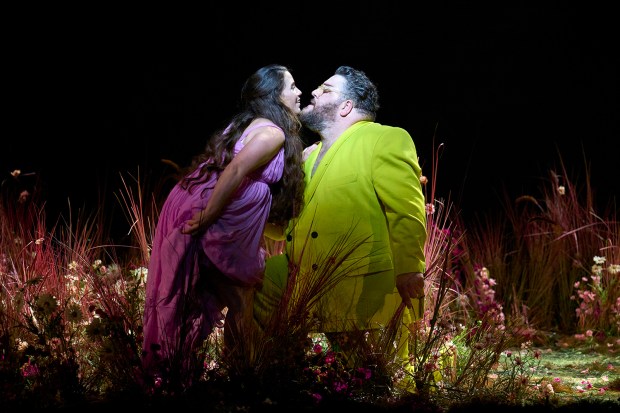
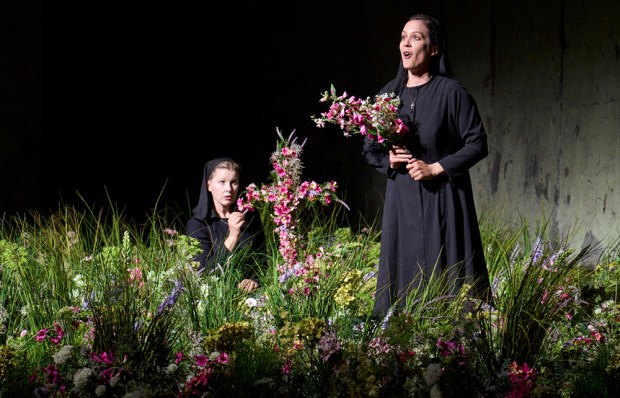
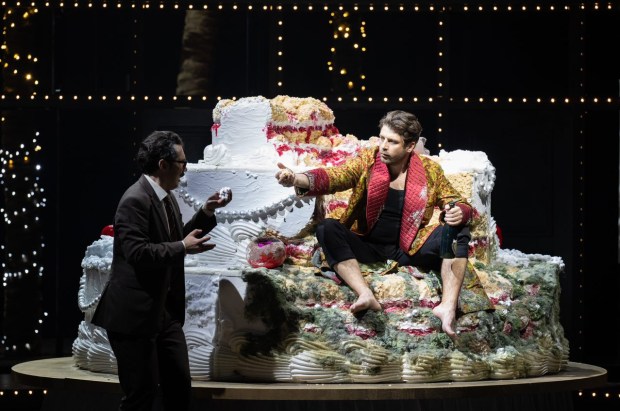
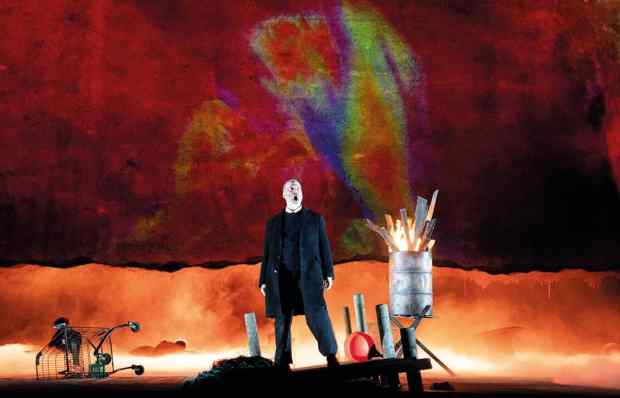







Comments
Don't miss out
Join the conversation with other Spectator Australia readers. Subscribe to leave a comment.
SUBSCRIBEAlready a subscriber? Log in